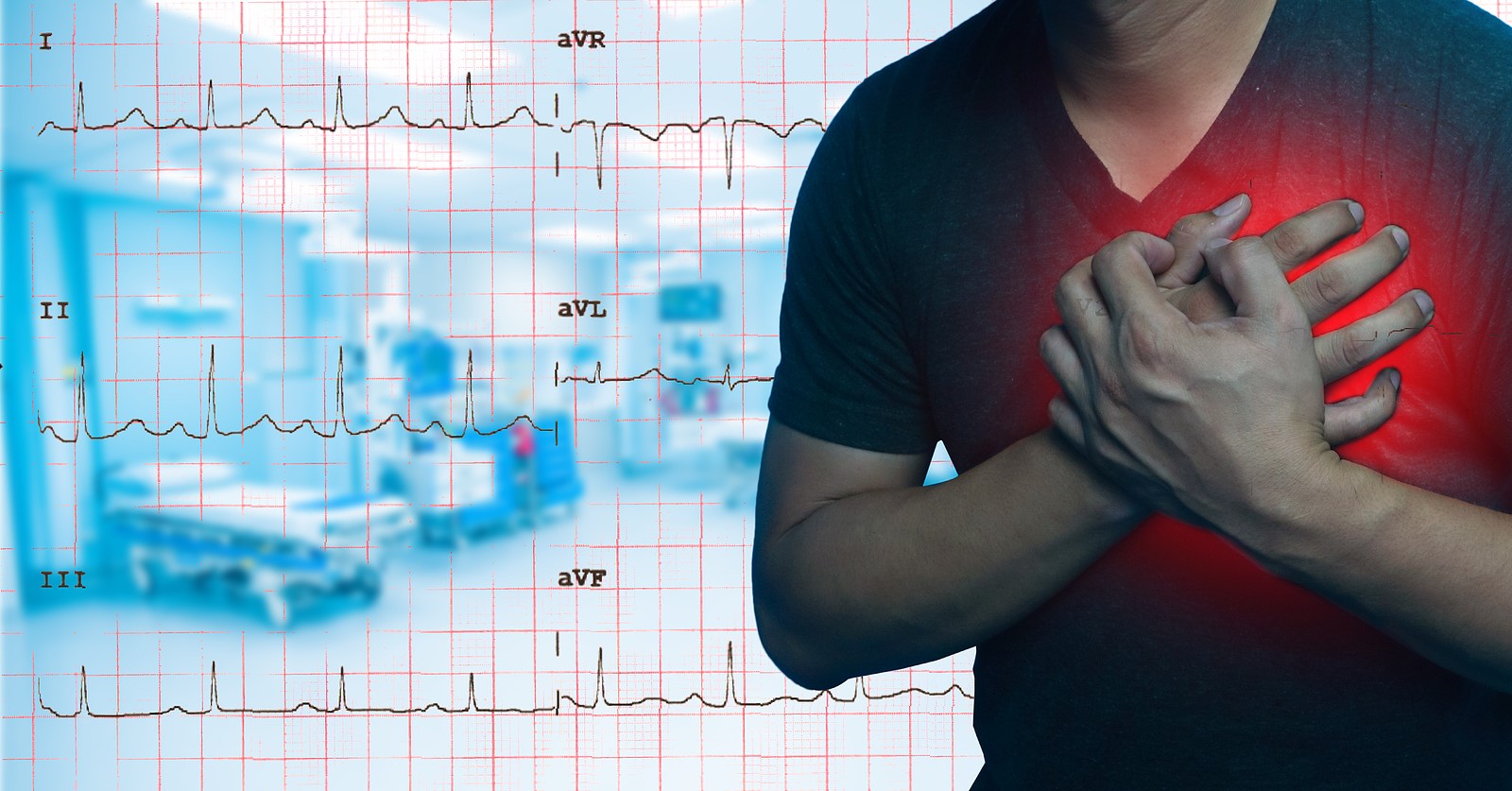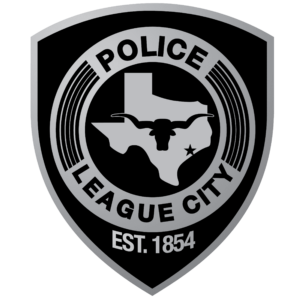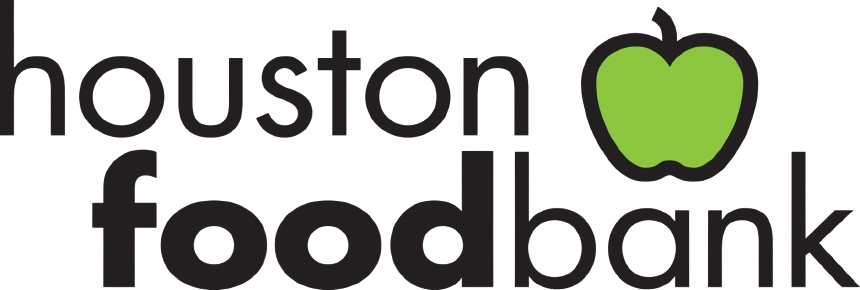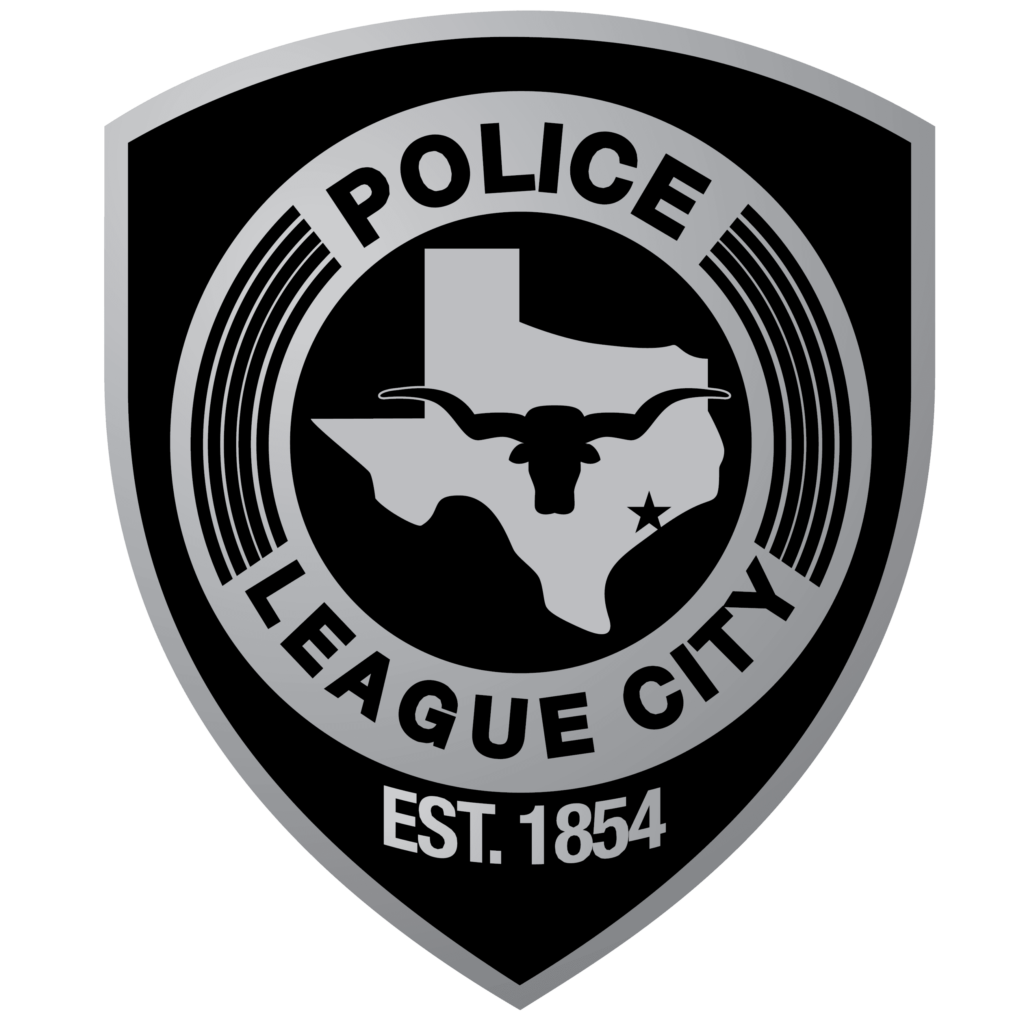
Heart disease is a leading cause of death for both men and women in the United States. According to the World Health Organization (WHO), it is estimated that 17.9 million people died from cardiovascular diseases (CVDs) in 2019, representing 32% of all global deaths. Of these deaths, 85% were due to heart attack and stroke. (World Health Organization, 2021)
The past few years have seen an increase in deaths from CVD, and these numbers are expected to increase. February is American Heart Month, and it’s a good time for all of us to focus on our cardiovascular health and reverse this alarming trend.
Types of Heart Disease
Heart disease is a broad term covering many conditions that affect the heart. The most common types of heart disease are coronary artery disease (CAD), congestive heart failure (CHF), cardiomyopathy, and atrial fibrillation (AFIB).
Coronary artery disease (CAD) is caused by a build-up of fatty deposits inside the arteries that supply blood to the heart muscle. These deposits slow down blood flow to parts of the heart and can lead to a heart attack if they completely block off blood flow to an area.
Congestive heart failure (CHF) is a condition in which the heart doesn’t pump blood efficiently. Since the heart is weakened and the cells do not receive sufficient blood, it can lead to fatigue, shortness of breath, and anxiety.
Cardiomyopathy is a heart muscle disease where the heart becomes abnormally large, thick, or rigid. Due to this, the heart cannot pump blood effectively to the body. Over time, cardiomyopathy can lead to heart failure.
Atrial fibrillation (AF) is a condition that causes an irregular and fast heartbeat. It interrupts the normal blood flow and increases the risk of blood clots and stroke.
Symptoms of Heart Disease
Heart disease typically does not have any symptoms in the early stages. The symptoms may also vary depending on the specific condition.
Some typical symptoms of an underlying cardiovascular issue include pain or pressure in the chest that lasts for more than a few minutes or goes away and comes back, discomfort or pain in the left shoulder, arms, elbows, back, or jaw. Some other symptoms may include shortness of breath, cold sweats, lightheadedness or dizziness, extreme fatigue, and nausea or vomiting. (Felman, 2019)
Risk Factors
Age and family history are some risk factors for heart disease that you cannot change. However, the risk factors that you can control are smoking, poor diet, physical inactivity, and excessive alcohol consumption.
Prevention of Heart Disease
The best way to prevent heart disease is by addressing behavioral risk factors such as an unhealthy diet, obesity, tobacco use, harmful use of alcohol, and physical inactivity.
Here are some essential things you can do to lower your risk of developing heart disease.
- Eat a healthy diet low in saturated and unhealthy fats, salt, and sugar. You can center your eating plan around whole grains, legumes, lean animal protein, fish, vegetables, and fruits.
- Exercise regularly. Adults must aim to get at least 75 minutes of vigorous activity or 150 minutes of moderate-intensity aerobic activity each week.
- Maintain a healthy weight. You can start by eating fewer calories and being increasing physical activity.
- Stop smoking and try to avoid second-hand smoke too.
- Reduce stress and manage any chronic conditions such as diabetes and high blood pressure
(Heart.org, 2019)
Lower Your Risk
Heart disease is a dangerous condition that can lead to severe complications. Prevention is always the best treatment and it includes living a healthy lifestyle with a healthy diet and regular exercise. Making small changes in these areas can make a massive difference in the long run and significantly lower an individual’s risk of developing heart disease.
If an individual is experiencing some of the most common heart attack symptoms, they should immediately go to the emergency room and seek medical attention.
Works Cited
World Health Organization. “Cardiovascular Diseases (CVDs).” World Health Organization, World Health Organization, 2021,
www.who.int/news-room/fact-sheets/detail/cardiovascular-diseases-(cvds).
Felman, Adam. “Cardiovascular Disease: Types, Symptoms, Prevention, and Causes.” Medical News Today, MediLexicon International, 2019,
www.medicalnewstoday.com/articles/257484.
Heart.org. “8 Things You Can Do to Prevent Heart Disease and Stroke.” Www.heart.org, American Heart Association, 2019,
www.heart.org/en/healthy-living/healthy-lifestyle/prevent-heart-disease-and-stroke.
















